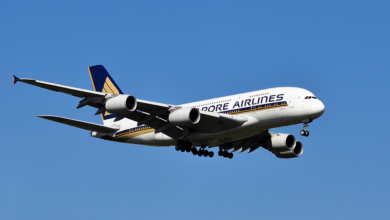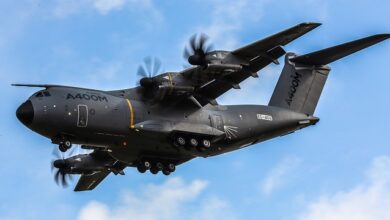Supersonic and Hypersonic Travel:
Supersonic and Hypersonic is the future of aviation industry.

Title: Supersonic and Hypersonic Travel: The Future of Airborne Speed
Introduction: In the realm of air travel, speed has always been a defining factor. From the advent of commercial aviation to the introduction of supersonic jets, each leap forward has transformed how we perceive distance and time. Now, with advancements in technology pushing the boundaries of what’s possible, the prospects of supersonic and hypersonic travel are capturing imaginations once again.
What is Supersonic and Hypersonic Travel? Supersonic travel involves speeds greater than the speed of sound (Mach 1), which is approximately 1,234 kilometers per hour (768 mph) at sea level. Hypersonic travel takes it a step further, reaching speeds of Mach 5 and beyond, offering potential travel times previously unimaginable.
History and Evolution: The Concorde, a pioneering supersonic passenger jet, first took flight in 1969 and offered transatlantic flights at speeds around Mach 2. The Concorde ceased operations in 2003, but its legacy continues to inspire new developments in high-speed aviation.
Technological Advancements: Recent advancements in materials, propulsion systems, and aerodynamics are paving the way for a new era of supersonic and hypersonic travel. Companies like Boom Supersonic and Aerion Supersonic are leading the charge with plans for commercial supersonic jets capable of Mach 2.2 or higher.
Challenges and Considerations: Despite the promise of faster travel times, challenges remain, including noise pollution, environmental impact, and high operational costs. Hypersonic flight introduces additional complexities such as thermal management and propulsion systems capable of withstanding extreme speeds and temperatures.
Applications Beyond Commercial Travel: Beyond commercial aviation, supersonic and hypersonic technologies hold promise for military applications, satellite launch systems, and even space tourism. These applications underscore the broader implications of high-speed travel in both civilian and defense sectors.
Future Prospects: The future of supersonic and hypersonic travel hinges on overcoming technical challenges, regulatory approvals, and public acceptance. With ongoing research and development, the vision of ultra-fast, point-to-point travel may soon become a reality, reshaping global connectivity and travel norms.
Conclusion: Supersonic and hypersonic travel represent the pinnacle of aviation innovation, promising to redefine speed and accessibility in air travel. As advancements continue, the journey towards faster, more efficient travel will continue to captivate minds and transform the way we experience the world.


